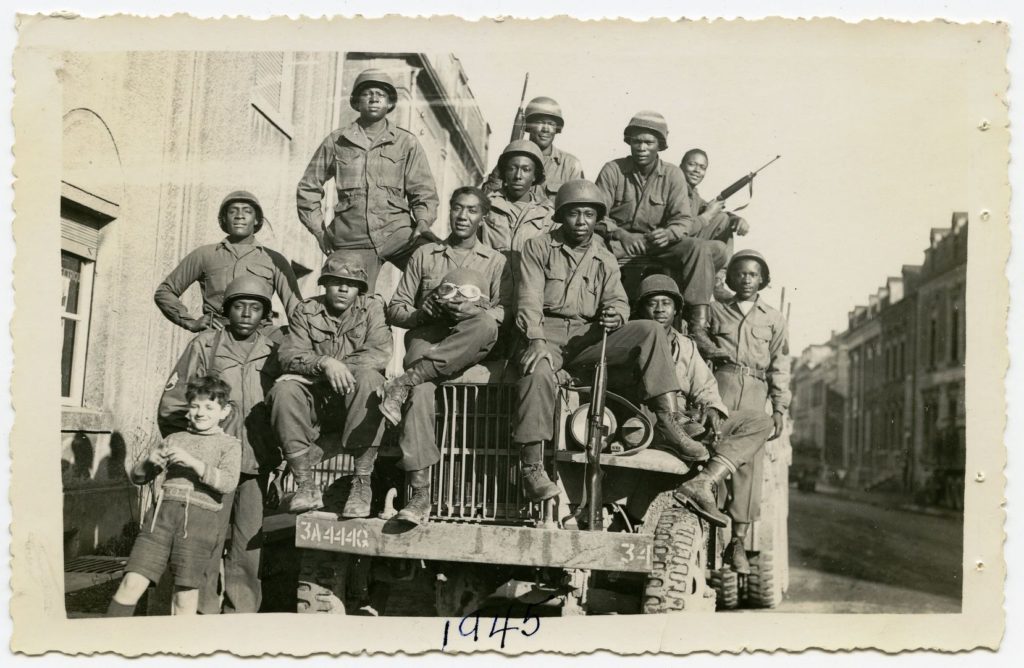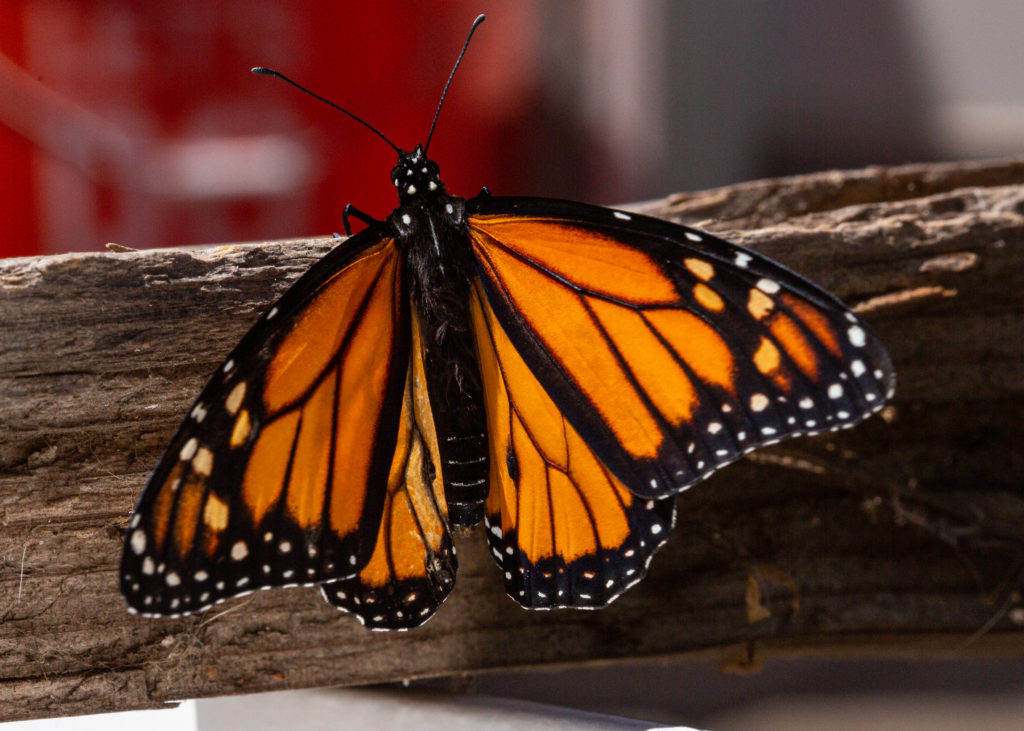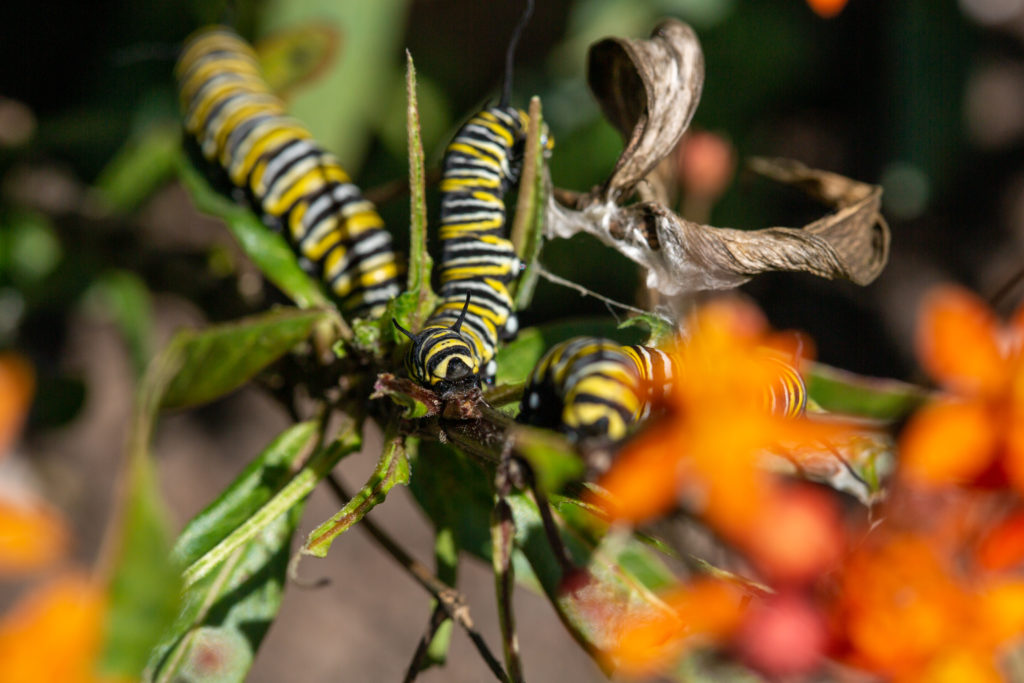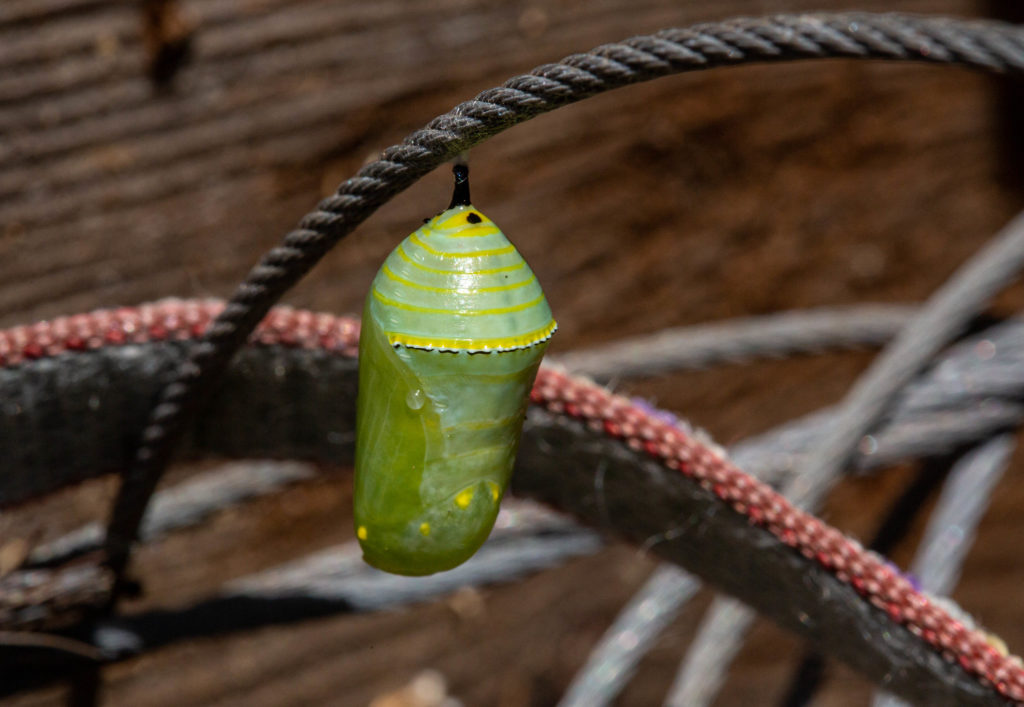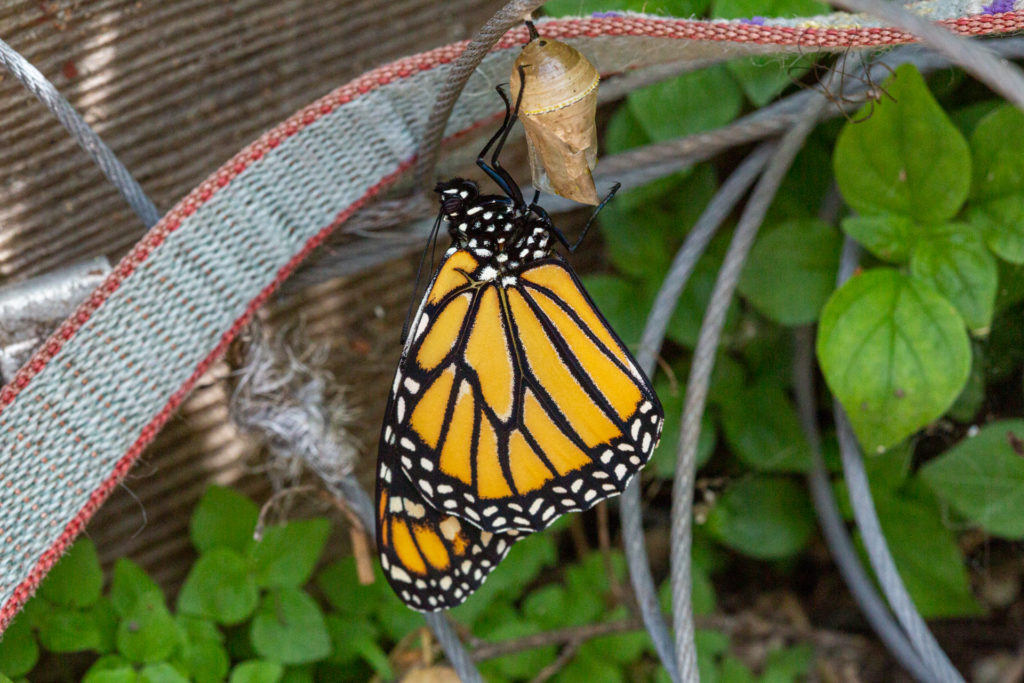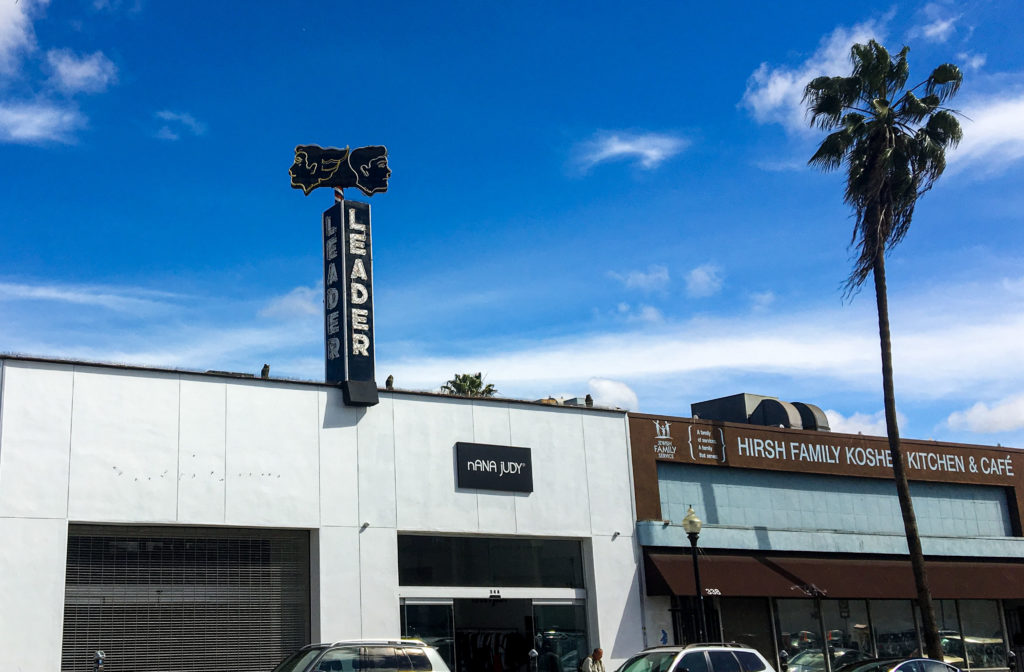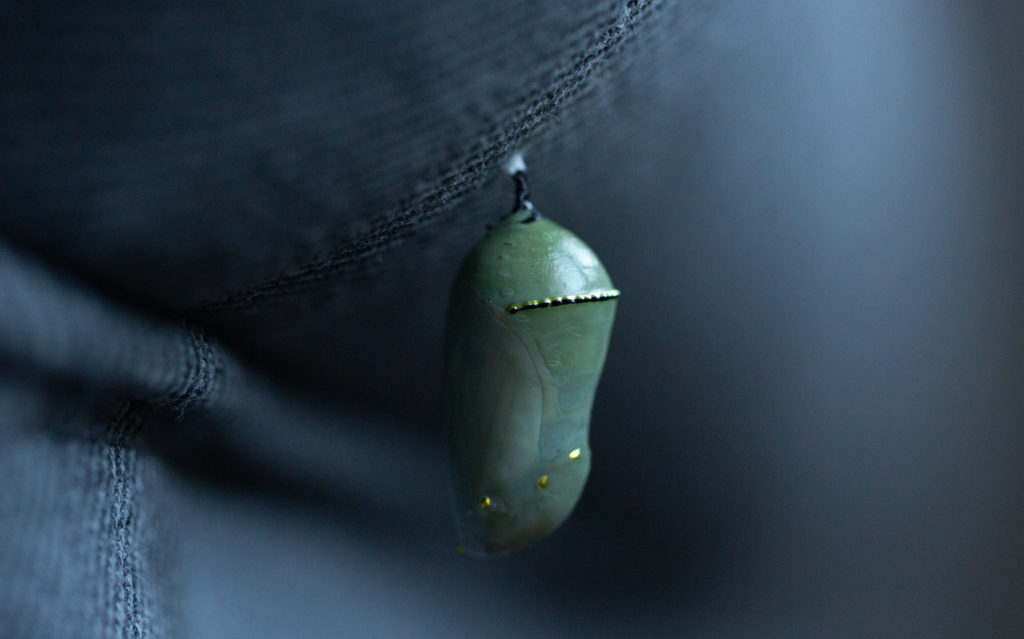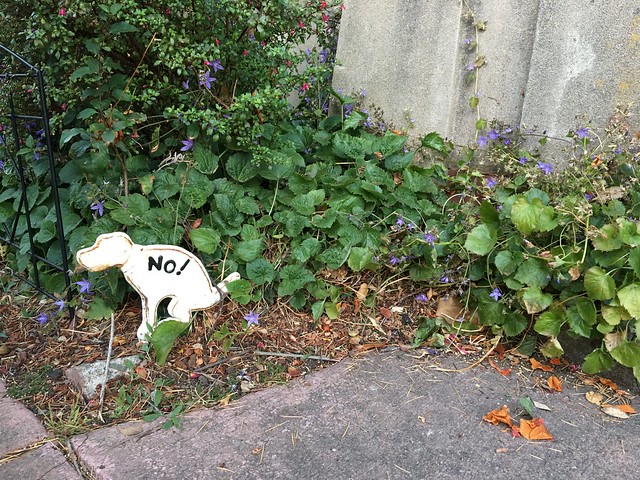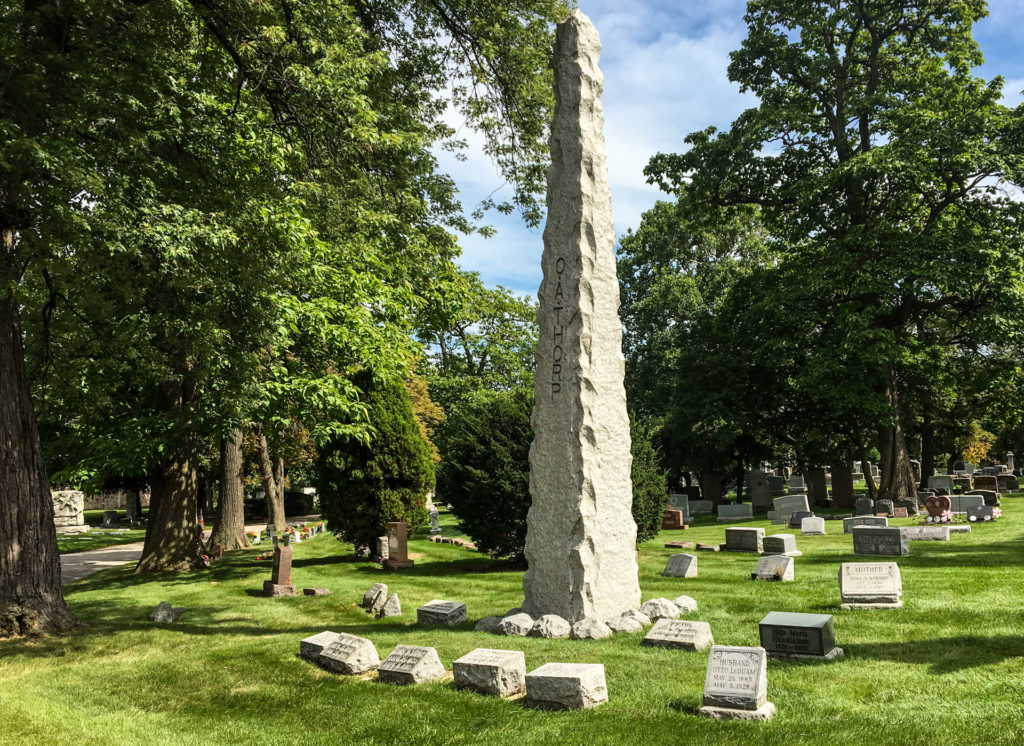This is an old blog that has mostly outlived its relevance, if any, though I know in the back of my mind it’s out there and every once in a while I’ll read back on something and think, “Not bad” or, “How the heck did I miss that typo?” I still write the occasional post, though only a handful ever get any readership to speak of.
The site still gets lots of comments, though — spam comments, by the dozen every week, most promoting some sort of fly-by-night Viagra site or athletic shoe site or transparently dumb money-making scheme. I’m sure all of them are the product of bots of some kind that spit out nearly random words and hit enter, then move on their relentlessly mindless way to the next rarely visited site. Because there’s a spam filter on the comments, they don’t get published. It’s a small pain to go through and delete them all from the filter queue; that’s not something I need to do, really, it’s just sort of a rote, mechanical chore, and I only read enough to make sure there’s not an actual comment hidden amid the garbage.
Taking a look at the spam queue last night, I realized that perhaps I’m being too harsh in my judgment of comment quality. After all, it’s usually quite complimentary of the high and very helpful nature of everything I’ve ever published. So, as I delete the latest mini-volley of spam comments, here are some of the choicer ones:
From louriOptino (on a post about visiting family graves in Chicago): This is historical titillating, You are a concrete veteran blogger. I shut wedded your spend and perception insolent to search more of your magnificent transfer. Also, I’ve unrefined your web place in my mixer networks!
Sushichat.com (on a post about mockingbirds in Atlanta): Thanks a lot for sharing this with all of us you really know what you are speaking approximately!
Adidas Superstar (on a post about an Emily Dickinson poem): I would like to show my thanks to the writer for bailing me out of this issue. Just after looking out throughout the the net and finding proposals which were not beneficial, I was thinking my life was over. Being alive minus the answers to the issues you’ve resolved by means of your main short post is a serious case, as well as the ones that might have adversely damaged my career if I hadn’t discovered your web page.
Nike Epic React (on a post about visiting Texas): My wife and i have been really comfortable when Chris managed to round up his basic research through the entire precious recommendations he acquired out of your weblog.
Nike Shox for Women (on the family graves post): I as well as my friends were actually reviewing the nice solutions found on your web site and so suddenly developed a horrible feeling I never expressed respect to the web site owner for those techniques.
Adidas Yeezy (on a post about the death of journalist Gary Webb): I want to point out my love for your kindness giving support to women who should have assistance with this important study. Your real commitment to passing the solution around turned out to be incredibly helpful and have really helped most people just like me to achieve their goals.
Off White Clothing (on a post about a butterfly chrysalis in our house): My husband and i got quite fulfilled that Emmanuel managed to round up his web research with the ideas he discovered from your site. It is now and again perplexing to just always be making a gift of tactics which often most people may have been trying to sell. And we also recognize we have you to be grateful to for this.
Avakin Life Hack 2019 Download (on the mockingbird post): I needed to thank you for this wonderful read!! I certainly enjoyed every little bit of it. I have got you bookmarked
to check out new stuff you post… Also visit my homepage (“Avakin Life Cheat Engine Without Human Verification Infinite Diamonds and Avacoins”).
Coin Master (on the mockingbird post): Everything is very open with a very clear clarification of the issues. It was really informative. Your website is useful. Thank you for sharing! Also visit my blog (Coin Master Hack — Unlimited Shield, Unlimited Spins, Unlimited Coins).
Lebron 16 (on the Texas post): My spouse and i have been now comfortable Edward could carry out his researching with the ideas he acquired using your weblog. It is now and again perplexing to simply choose to be making a gift of solutions which usually the rest could have been selling. And we all already know we have you to thank for this. All of the illustrations you made, the straightforward site navigation, the relationships your site aid to instill – it is everything sensational, and it is letting our son in addition to our family consider that this situation is excellent, which is certainly exceptionally essential. Many thanks for all the pieces!
Supreme New York (on the Emily Dickinson post): I must point out my love for your generosity giving support to those who must have assistance with this one area of interest. Your special commitment to passing the solution all over appears to be exceedingly helpful and has truly encouraged guys much like me to get to their ambitions. Your personal useful publication indicates a great deal to me and further more to my mates. With thanks; from each one of us.
Curry 5 (on the family graves post): I needed to create you one tiny note so as to thank you over again with the unique techniques you have provided in this article. This is quite tremendously open-handed with you to make freely all most people could possibly have offered as an e book to help with making some dough for their own end, notably now that you might well have done it if you ever desired.

